This type of fragment likely comes from a votive or funerary wall relief, located in a private chapel or temple. Hands depicted in this position are typical of scenes in which the deceased or an officiant presents offerings to the gods.
The stone has a uniform patina, with a naturally worn surface but no visible modern restorations. The chiselwork is clean, highlighting the artisanal quality of the fragment.
During the Late Period, Egyptian art underwent an archaic revival, which reaffirmed the aesthetic canons of the New Kingdom while adapting them to a time of strong external influences (Nubian, Persian, and then Greek). Private temples and chapels continued to be abundantly decorated with reliefs showing the deceased in ritual gestures, often in interaction with the main deities of the Egyptian pantheon. This type of relief was designed to accompany the deceased in the afterlife and reinforce their spiritual status.
Provenance : Belgium private collection








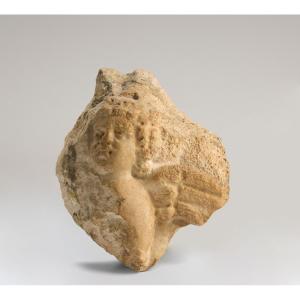

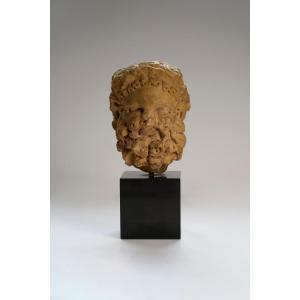
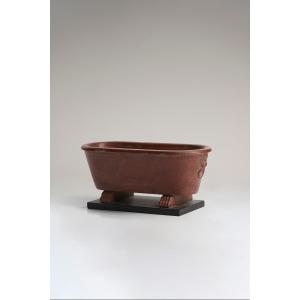
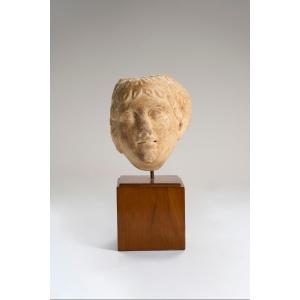

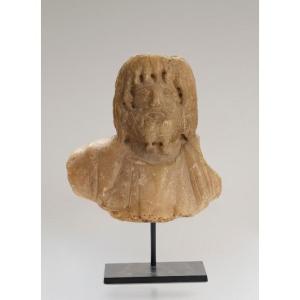
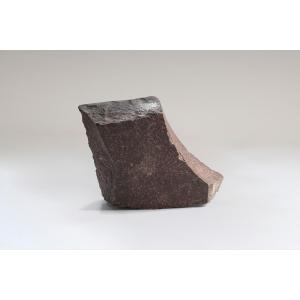
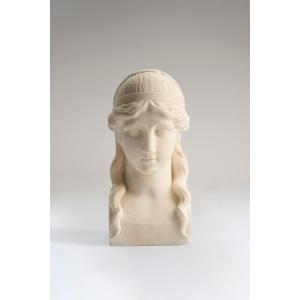
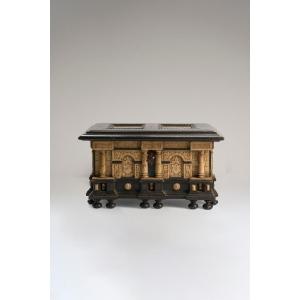

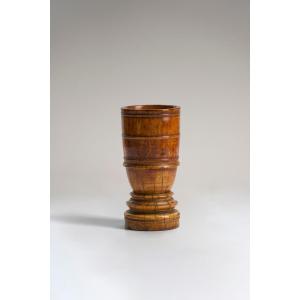



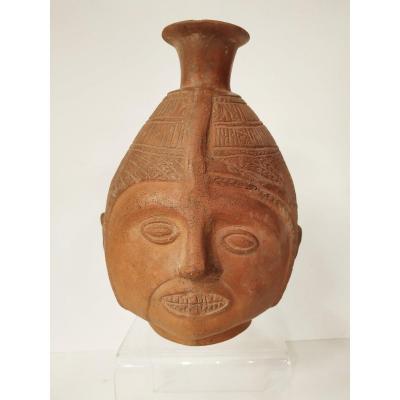
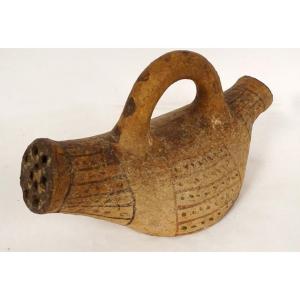
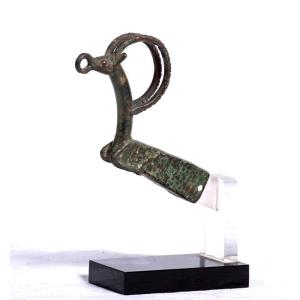



 Le Magazine de PROANTIC
Le Magazine de PROANTIC TRÉSORS Magazine
TRÉSORS Magazine Rivista Artiquariato
Rivista Artiquariato